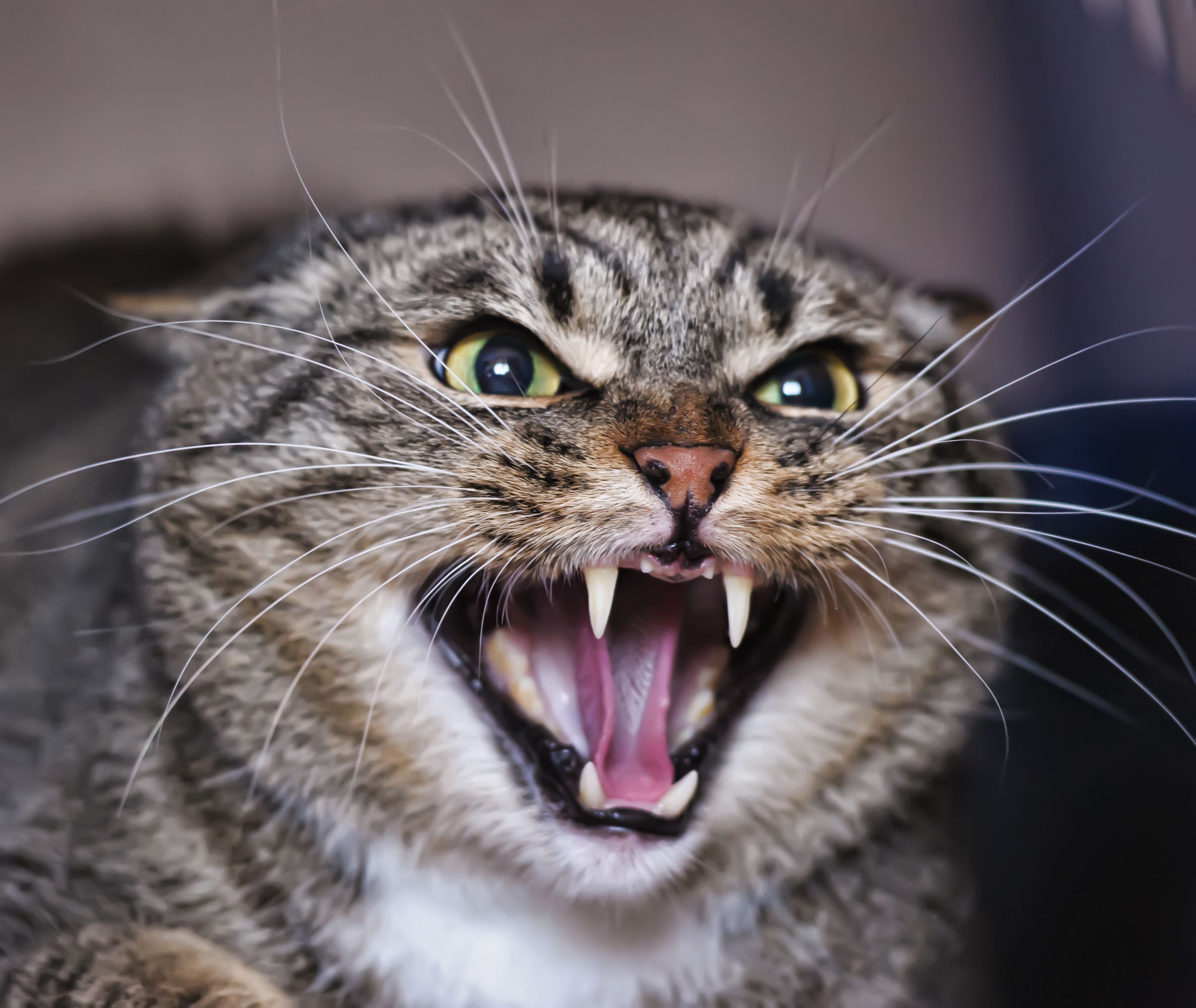Is it ‘cattitude,’ or is that feline in pain?
Identifying and responding appropriately to both acute and chronic pain requires an understanding of the nuances of feline behavior.
Evdoha / stock.adobe.com

Deciphering feline behavior has always been somewhat challenging, and that may be particularly true when it comes to identifying pain-related behavior in cats. “Behavioral medicine links emotional and physical health, and pain is probably one of the best examples of this interplay,” said Sarah Heath, BVSc PgCertVetEd, DipECAWBM(BM), CCAB, FHEA, FRCVS, at a Fetch dvm360 conference.
Pain is multifaceted, said Dr Heath, who owns Behavioural Referrals Veterinary Practice in Chester, England, and includes sensory and motor components as well as emotional and cognitive components.
Acute pain
Acute pain, which typically stems from either accidental or surgical damage, “is going to have some short-term consequences in terms of behavioral change,” Heath said. The initial manifestation of pain may be an overt confrontational response (also known as a repulsion response) from the cat when the painful area is touched or manipulated. Other signs may include vocalization and changes in mobility.
The emotional component of pain can also lead to a more passive pain response. These so-called non-repulsion behaviors can include avoidance (eg, moving to the back of the cage or carrier, hiding, or simply looking away from the caregiver) and inhibition (the cat is gathering information through visual, olfactory or auditory input but giving very little away about it’s own emotional state). These inhibited cats can appear to be very “co-operative” and this is especially true during examinations in the veterinary practice setting—a situation in which most cats already alter their behavior due to fear, anxiety, and stress.
That’s why, Heath said, “accurate history taking, precise observation, and good clinical examination are all essential to recognizing and monitoring acute pain.” A number of pain scales, which evaluate various combinations of facial expression, body language, and/or behavior, are useful in clinical practice to measure and monitor pain.
Because they are more familiar with their pets, caregivers are vital in uncovering subtle manifestations of pain. A client may bring their cat to the veterinary practice due to the “unacceptable behavior” of eliminating outside the litter box, for example, when in reality the cat may be avoiding the litter box as a result of lower urinary tract pain.
One of the reasons it’s so important to manage acute pain is because untreated acute pain can lead to chronic pain in our patients, Heath said. Inadequate pre-, peri-, and postoperative pain control is one risk factor for chronic postsurgical pain, so appropriate premedication is vital. In addition, the emotional state of an animal can influence the perception and therefore the significance of pain to that individual, so handling and restraint should be as minimal as possible.
“What we’re trying to do is create a situation where…we minimize negative emotional bias as much as possible while also ensuring adequate analgesic regimens before, during and after surgery,” she said.
Chronic pain
When behavioral issues bring cats to the veterinary hospital and it is found that pain is involved in the aetiology of the behavior changes, chronic pain is often at play. Chronic pain can stem from a number of sources: orthopedic pain (eg, degenerative joint disease), ear pain (eg, infection, mite infestation), dental pain, abdominal pain, dermatologic pain, and neuropathic pain.
Recognizing chronic pain in cats can also be challenging, said Heath. “When chronic pain is mentioned, there is a tendency to look for a locomotory effect, like lameness or alternation in mobility,” she explained. But other signs of chronic pain may be overlooked, such as excessive licking, grooming, and other repetitive behaviors, as well as changes in toileting behavior and posture when eating.”
The absence of behavior is also a great indicator in detecting chronic pain, so it’s important to ask the caregiver if they have noticed the cat withdrawing from usual behavior. For example, if the cat usually prefers the bed, but has been lying on the floor more frequently. As well as asking what the cat is doing, it is also important to ask what the cat is not doing.
Pain assessment during a typical appointment in a general practice is extremely difficult Heath noted. Even after a behaviorist has had a 2 to 3-hour in-home visit with a patient, they often ask the caregiver to send a video of the cat so they can further review its behavior for signs of pain.
“One of the silver linings of COVID-19 is that we have been forced into doing more remote consulting,” she said. “And one of the massive advantages of this is the ability to see our feline patients in their own home.” Chronic pain, she said, is one of those areas where this type of consulting is particularly helpful.